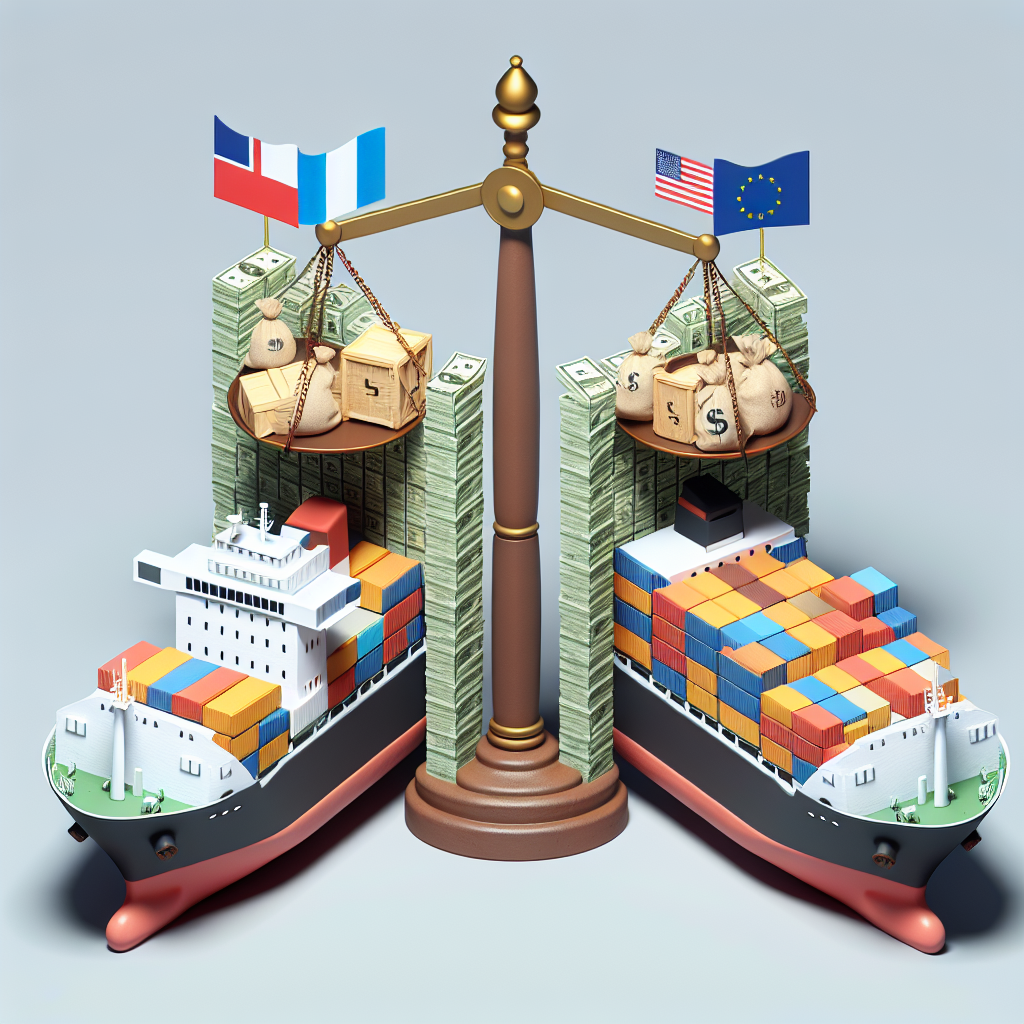Trump's Tariff Tango: A Timeline of Trade Turmoil
Since taking office on January 20, U.S. President Donald Trump has implemented numerous tariff changes affecting relations with countries like Mexico, Canada, and China. These decisions have introduced financial unpredictability worldwide. Notable changes include increased tariffs on steel, aluminum, and automobiles, amid negotiations and temporary pauses with global leaders.

The economic landscape has been fiercely rattled by President Donald Trump's aggressive stance on tariffs since assuming office on January 20. His series of decisions have left financial markets in disarray and created ripples of uncertainty across the global economy.
A critical development unfolded on February 1 when Trump imposed significant tariffs on Mexican, Canadian, and Chinese imports. While he paused certain measures for Mexico and Canada, he doubled down on Chinese goods, escalating tensions further. Amid these moves, Trump negotiated temporary reprieves and struck new trade agreements, exemplifying his often unpredictable approach to international trade policy.
As 2023 unfolded, Trump leveraged tariffs as a strategic tool in negotiations with major trading partners, navigating a complex web of pressures from both domestic industries and international allies. The implications of these tariffs continue to reverberate, sparking debates over their impact on the global economy.
(With inputs from agencies.)
- READ MORE ON:
- Trump
- tariffs
- trade policy
- global economy
- financial markets
- Mexico
- Canada
- China
- steel
- aluminum










